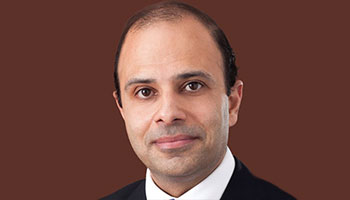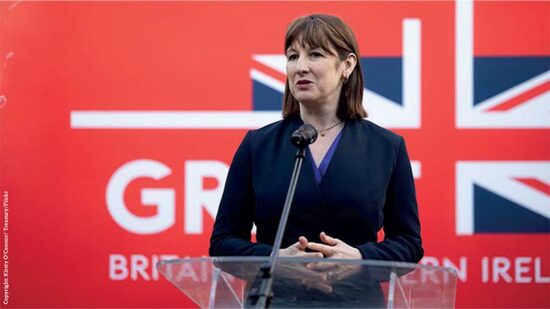The Indian economy may have sustained high growth for many years, says Rukhshad Shroff, manager of the JP Morgan India Fund, but its population is growing fast and becoming wealthier allowing it to sustain this rapid expansion long into the future.
Penetration for goods and services are low, giving companies ‘long growth runways’ in sectors as diverse as financial services and pizza. It is these opportunities he is trying to identify for the fund.
Shroff gives the example of the recent move to introduce digital identities: 1.2 billion people in India now have unique digital identities (UIDs) based on their fingerprints and iris scans.
This is higher than the number of people who can read: “This exemplifies both the challenge and the opportunity presented by India: a vast, young but poor nation using technology not simply to follow Western business models, but in certain cases to leapfrog them,” he says.
Thanks to these UIDs, 325 million previously unbanked individuals have been able to open bank accounts over the past four years. Shroff believes this is only the early stages of a shift in consumption patterns.
He suggests that in some areas, pizza for example, Indian consumption patterns will come to look more like those seen in Europe and the US.
In other areas India is already ahead: “Its huge millennial workforce already dominates viewer numbers for certain global social media and online video brands. And in other areas still, such as gold and jewellery, Indian consumers are simply forging their own particular path.”
Long-term growth
How does he seek to capitalise on this in the portfolio? The JPM team wants to find companies with good long-term growth prospects, with management teams who combine a strong ability to execute with robust corporate governance. The group has a quality and growth bias, but also maintains a valuation discipline.
In practice this translates into a long-term overweight in private sector banks: “The market for financial products is growing and also the private sector is gaining share at the expense of public sector banks, which are less well managed and less well capitalised,” he says. “That said, an important and positive development is that the long-awaited repair in the banking sector is now truly and well underway.”
The fund is also overweight in industrial names, including power equipment producer Bharat Heavy, commercial vehicle group Ashok Leyland and engineering group Larsen & Toubro.
The fund’s overweight position in consumer discretionary names is similarly varied and includes car maker Maruti Suzuki and Jubilant Foodworks, a food service company with a wide range of fast food operations – including pizza.
The fund’s largest sector underweights are in information technology and energy. Shroff expects Indian IT outsourcing companies to see some headwinds as new technologies put downward pressure on corporate tech spend. The energy underweight is driven by a zero holding in Reliance Industries, India’s largest stock, which they consider too expensive.
Interest rates are ‘high enough’
After a lacklustre period for the Indian economy, he believes it is on the mend. “Economic and corporate earnings cycles are depressed and should recover. Recent cyclical indicators have suggested slower economic growth, with the most recent corporate reporting season indicating that an overall recovery in earnings and profitability remains elusive.
“Partly on the back of this, in early February the central bank cut interest rates by 25 basis points; and as inflation remains within the RBI’s target of 4% (CPI is 2% currently) it means that real interest rates are high enough for the Monetary Policy Committee to ease policy further in the near term.”
Valuations are not cheap relative to history, he says, with forward P/E around the five year average. However, that’s partly because of the depressed corporate earnings cycle. Normalised earnings would make valuations appear cheaper.
The election may be a headwind: “We are not fearful, but for sure the coming months will involve some volatility as India’s rambunctious electorate participates in what famously is the world’s largest general election. Prime Minister Modi’s prospects look less strong than when he started his term. Following state elections in late 2018, announcements such as waivers of farm loans have already demonstrated some risk of short politically motivated short-termism. Perhaps the recent interest rate cut can be seen in that context.”
Whatever the electoral wealth, the longer-term story in India, says Shroff, is very strong. He believes the question is less about India’s capacity to grow, and more whether the country can create enough jobs to employ the huge numbers of new people who enter the workforce each year. It’s a nice problem to have.








